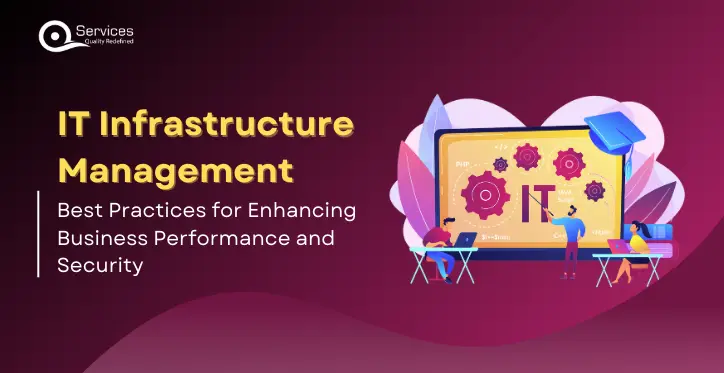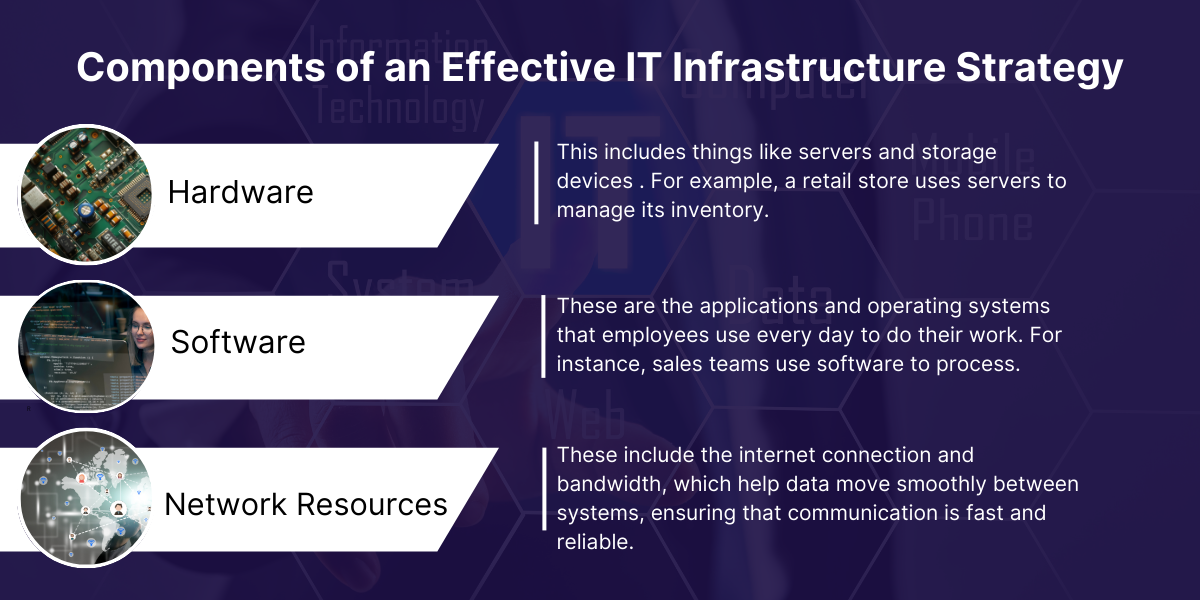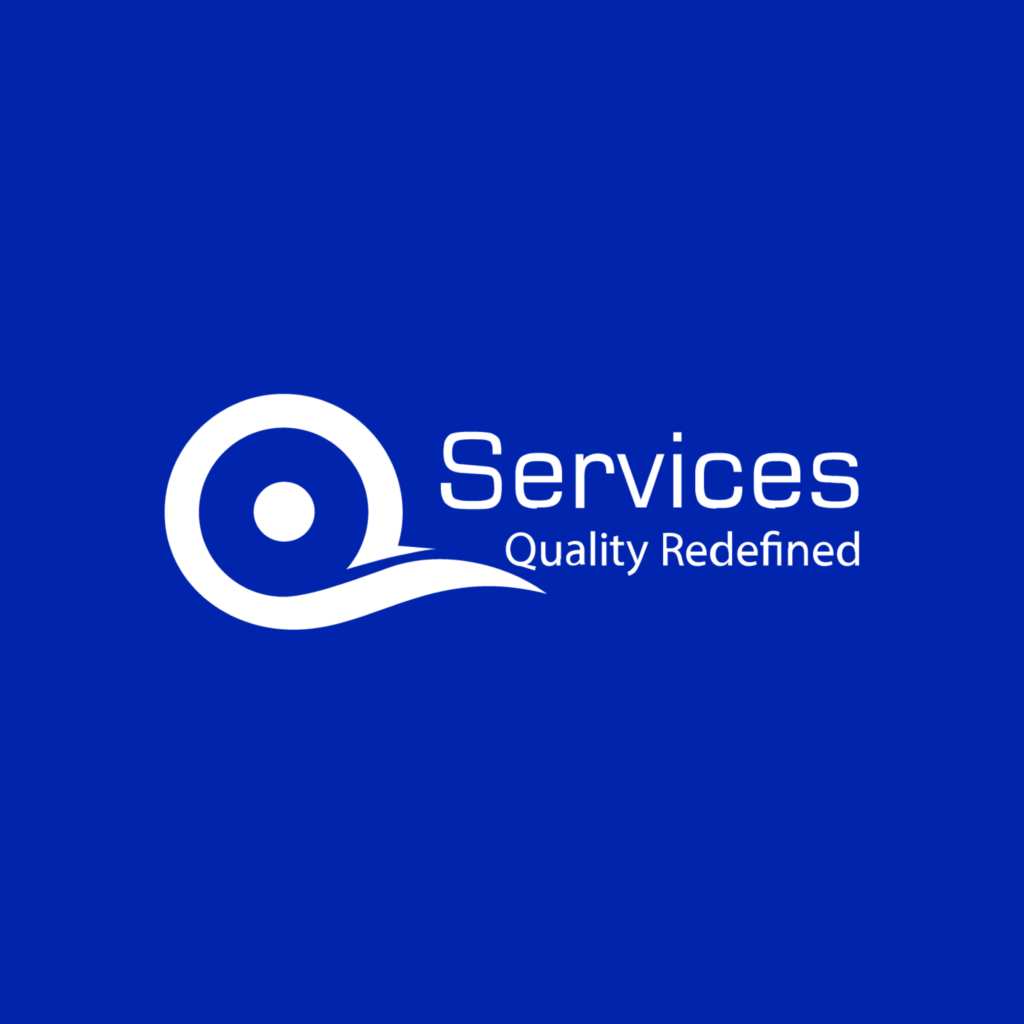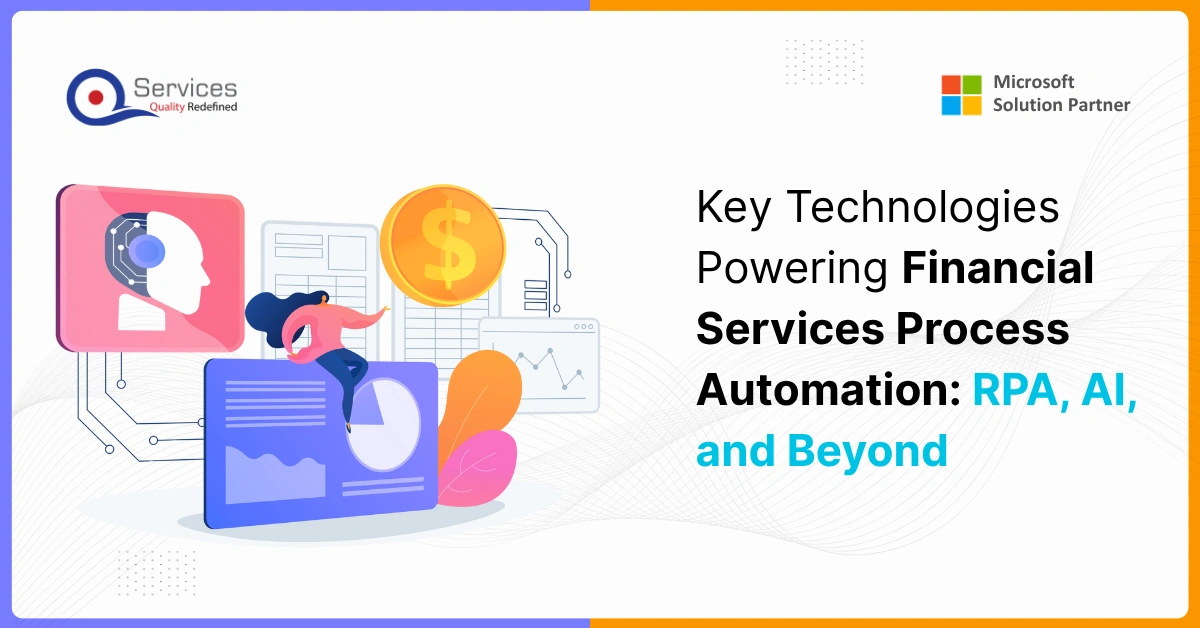Home » IT Infrastructure Management: Best Practices for Enhancing Business Performance and Security

 An optimal IT infrastructure relies on significant elements which include hardware, software, and network resources. Hardware consists of servers and storage devices that handle data processing and storage. Software encompasses applications and operating systems that employees use daily. Network resources, such as bandwidth and connectivity, ensure smooth data flow and reliable communication. For example, a retail company can use servers to manage its inventory system, applications for sales processing, and high-speed internet to connect its stores and warehouses seamlessly.
Let’s take another example of a healthcare provider that might use infrastructure management tools to automate patient record updates, optimize server usage for faster data retrieval, and quickly integrate new telehealth technologies to improve patient care.
An optimal IT infrastructure relies on significant elements which include hardware, software, and network resources. Hardware consists of servers and storage devices that handle data processing and storage. Software encompasses applications and operating systems that employees use daily. Network resources, such as bandwidth and connectivity, ensure smooth data flow and reliable communication. For example, a retail company can use servers to manage its inventory system, applications for sales processing, and high-speed internet to connect its stores and warehouses seamlessly.
Let’s take another example of a healthcare provider that might use infrastructure management tools to automate patient record updates, optimize server usage for faster data retrieval, and quickly integrate new telehealth technologies to improve patient care. Get free Consultation and let us know your project idea to turn into an amazing digital product.
For managing IT infrastructure some of the significant things businesses should keep in mind or we can say IT infrastructure best practices for enhanced operational efficiency.
Businesses need to set clear priorities to identify key IT initiatives which support business growth and innovation
Choose solutions that can grow with the business, such as cloud services and modular hardware.
Continuously evaluate and adjust the IT strategy to adapt to market changes and technological advancements.
Implementing tools that provide instant alerts and insights into system performance and potential issues is one of the best practices for maintaining IT infrastructure.
Businesses should also utilize detailed reports to make insightful decisions and track performance over time.
Choosing IT infrastructure management software with intuitive designs simplifies IT operations and reduces the learning curve for staff.
Using software that continuously checks system health, network performance, and security threats.
Implement tools that analyze data to predict potential issues prior to their occurrence. A logistics company can use predictive analytics to foresee and mitigate potential delivery delays
Schedule routine checks and updates to ensure all systems are running optimally. For instance, a telecom company might perform regular maintenance on its network infrastructure to prevent outages.
Establish consistent hardware and software setups across the organization which simplifies management and reduces the complexity of workflows.
Keep detailed records of every IT asset, configurations, and processes which significantly enhances team efficiency and makes troubleshooting easier.
By standardizing and documenting, IT staff can manage IT infrastructure systems more effectively and resolve issues faster, leading to smoother operations.
Deploy firewalls, intrusion detection systems, and conduct regular vulnerability assessments to create multiple defense layers against threats.
Regularly update all security software to protect against vulnerabilities and threats, ensuring your systems are always safeguarded.
Conduct ongoing training sessions on the latest compliance and security protocols for employees to reduce human error and enhance overall security posture.
Start by developing a comprehensive disaster recovery plan that outlines essential procedures for your organization. This should include strategies for backing up critical data, restoring systems, and communicating effectively during a crisis.
Conduct regular tests of your plan, ensuring its effectiveness. These drills help identify any weaknesses and provide valuable training for your team. Use the insights gained from these tests to refine and improve the plan, ensuring it remains practical and efficient.
Continuously update your disaster recovery IT infrastructure planning to reflect changes in your IT environment, business processes, and emerging threats. Staying proactive about these updates ensures that your plan remains relevant and effective. Regularly communicate updates to your team so everyone is aware of the latest procedures and ready for any situation.

Getting a handle on effective IT infrastructure management is crucial for any business looking to succeed. The practices we’ve discussed lay the groundwork for optimizing IT systems and boosting resilience, no matter what the size of the organization. By focusing on these strategies, companies can tackle challenges with confidence.
When businesses invest in solid IT infrastructure management, they’re better prepared to adapt to changes and respond to shifting market demands. It’s a competitive world out there, and now is the perfect time for organizations to embrace these practices and unlock their full potential.
Visit our blog on Azure Migration Services: Seamless Transition for Mid-Sized Companies to gain more insights and see how it can benefit your organization.

Our Articles are a precise collection of research and work done throughout our projects as well as our expert Foresight for the upcoming Changes in the IT Industry. We are a premier software and mobile application development firm, catering specifically to small and medium-sized businesses (SMBs). As a Microsoft Certified company, we offer a suite of services encompassing Software and Mobile Application Development, Microsoft Azure, Dynamics 365 CRM, and Microsoft PowerAutomate. Our team, comprising 90 skilled professionals, is dedicated to driving digital and app innovation, ensuring our clients receive top-tier, tailor-made solutions that align with their unique business needs.

Today, automation is helping banks adapt to these pressures by transforming traditional operations into faster, smarter, and more modern systems. From large financial institutions to agile fintech startups, leaders are turning to automation to sustain growth and remain competitive.

The true value of automation emerges when institutions shift toward impact-focused strategic implementation. How does this happen? Keep reading to find out how you can identify the most valuable processes for automation.

Reports show that up to 30% of cloud spending goes to waste because of unused resources, over-provisioning, and poor planning. For businesses heavily relying on Azure, finding ways to cut costs without sacrificing performance.
IT infrastructure management is all about keeping a company’s tech systems running smoothly. This means overseeing and optimizing everything from hardware and software to networks and data centers. The goal is to ensure that everything operates efficiently and securely.
Effective IT infrastructure management is key to maximizing uptime and making sure that business applications are reliable. It helps businesses utilize their resources efficiently and implements strong security and compliance measures to protect against cyber threats
The main components of IT infrastructure management include network management, systems management, and security management. Network management ensures data flows seamlessly; systems management makes sure everything is configured correctly and securely; and security management protects the entire IT environment from potential threats
The main components of IT infrastructure management include network management, systems management, and security management. Network management ensures data flows seamlessly; systems management makes sure everything is configured correctly and securely; and security management protects the entire IT environment from potential threats
To boost their IT infrastructure management, businesses can adopt several best practices. This includes standardizing processes, keeping thorough documentation, using proactive monitoring tools, automating repetitive tasks, and regularly assessing their systems. These steps help create a more organized and efficient IT environment
Automation plays a big role in improving IT infrastructure management. It streamlines repetitive tasks, cuts down on human error, saves time, and lets IT staff focus on more strategic initiatives. Overall, automation enhances efficiency and reliability, making it a valuable tool for businesses
Regular assessments help businesses adapt their IT strategy to market changes and technological advancements, ensuring continued alignment with business goals.
Centralizing IT resources simplifies management, enhances security, ensures consistent policy implementation, and reduces vulnerabilities across the organization
Cloud solutions offer flexibility, scalability, and cost-efficiency, which help businesses quickly adapt to changing requirements and reduce capital expenditure.
By monitoring and analyzing resource usage, businesses can identify underutilized resources and redistribute them to areas with greater demand, leading to more efficient operations.
INDIA : F-190, Phase 8B, Industrial Area, Sector 74,
Mohali, India
CANADA : 55 Village Center Place, Suite 307 Bldg 4287, Mississauga ON L4Z 1V9, Canada
USA :2598 E Sunrise Blvd, Fort Lauderdale,FL 33304,
United States

Founder and CEO

Chief Sales Officer
